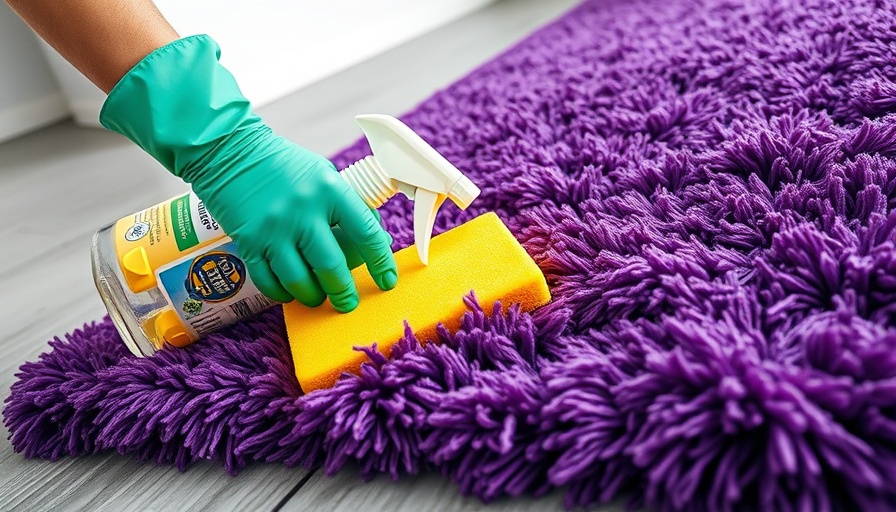
Why Polyester Rugs Are a Popular Choice
Polyester rugs are not just fabrics thrown on the floor; they represent a blend of comfort, style, and practicality. Known for their stain-resistant properties and excellent affordability, these rugs have found their way into many households across the country. Polyester materials are designed to withstand heavy foot traffic without significant fading, thus making them perfect for busy homes. With proper care, these rugs can maintain their soothing colors and soft textures for years.
Essential Tools for Cleaning Your Polyester Rug
Before diving into cleaning methods, it’s crucial to have the right tools at your disposal. A vacuum cleaner fitted with the appropriate brush and attachment is indispensable for removing dirt and dust. Additionally, a gentle dry shampoo specifically designed for fabrics can refresh the rug’s fibers, while a steam cleaner might come in handy for a deeper cleanse. Having a beater or a simple broom is also beneficial for the initial shake-off of embedded dust. Safety equipment, such as masks and goggles, should not be overlooked to protect you during the cleaning process.
Simple Yet Effective Cleaning Methods
When it comes to maintaining your polyester rug, there are several tried-and-true methods to ensure it stays looking vibrant and fresh:
Shaking off the Dust
The simplest method of cleaning a small polyester rug is to give it a good shake. This nostalgic technique, reminiscent of how our ancestors would take care of their carpets, effectively removes surface dust and debris. Just make sure to hang it safely, and if possible, do this outdoors to prevent dust from settling back into your home.
Vacuum Regularly
A vacuum cleaner is your best friend when it comes to keeping your rug clean. Aim to vacuum at least once a week to prevent dust and dirt from embedding themselves into the fabric. Use gentle suction to avoid damaging the fibers, particularly when dealing with thicker rugs.
Using Dry Shampoo
Incorporating a fabric dry shampoo into your routine can help absorb oils and smudges on your rug's surface. Simply sprinkle it over the rug, let it sit for a period as per product instructions, and vacuum it up. This method works wonders in keeping the fibers fresh and clean without much hassle.
Spot Treating Stains
For unexpected spills or stains, quick action is essential. Blot the stain with a clean cloth immediately; don’t rub as that may spread the stain further. Then apply a suitable stain remover to minimize the damage and clean the affected area gently. Always refer to the cleaner's instructions, and test it on a small, inconspicuous area to ensure it doesn’t alter the rug's colors.
Steam Cleaning
Lastly, steam cleaning can provide a deep clean while revitalizing the polyester fibers. This method is particularly effective for heavy-duty cleaning, as it uses heat to eliminate stubborn stains and bacteria.
Problems You Might Encounter
Despite their durability, polyester rugs can pose some challenges. Over time, they may accumulate dirt that, if regularly unaddressed, can lead to permanently embedded stains. Additionally, if exposed to direct sunlight for prolonged periods, fading may occur, ultimately diminishing their aesthetic appeal. Regular maintenance is your best defense against these common issues.
Embrace the Care
In summary, polyester rugs are a fantastic addition to any home when maintained properly. Knowing how to clean them effectively ensures their longevity and appearance. Embrace the act of caring for your rug, much like an old family tradition, and appreciate the transformation it brings to your living space.
So why wait? Your polyester rug deserves love and attention—give it the cleaning it needs to keep looking fresh and inviting!
 Add Row
Add Row  Add
Add 




Write A Comment